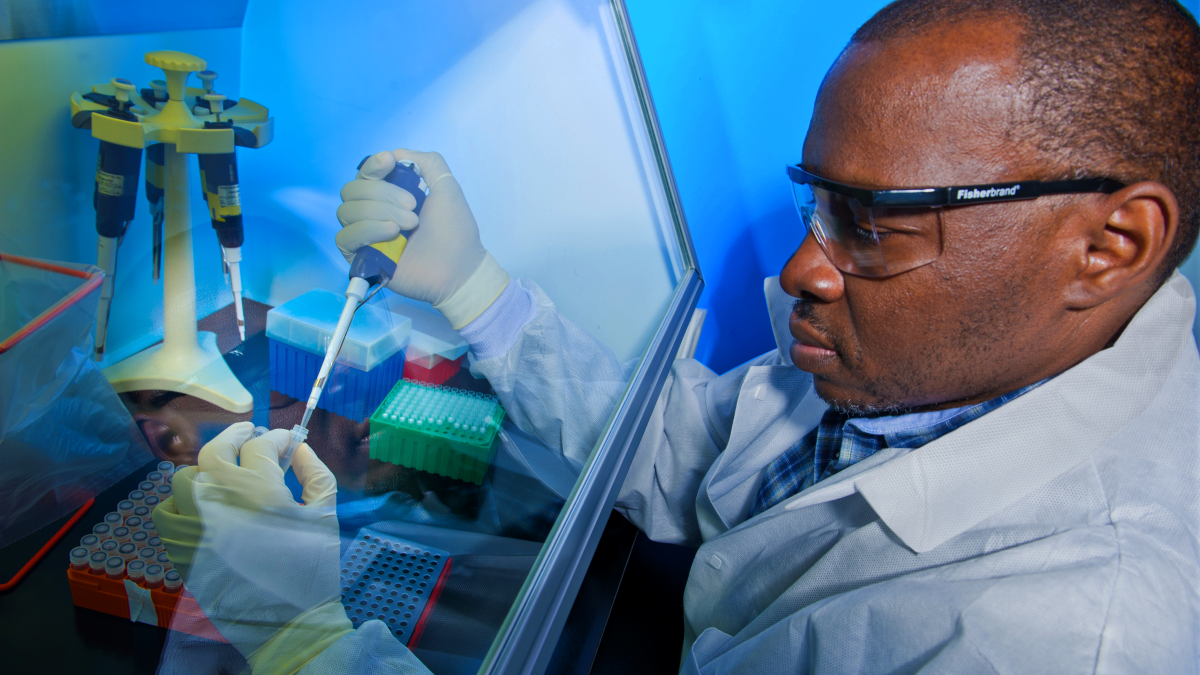Key points
- Invasive disease caused by Haemophilus influenzae (Hi) or Neisseria meningitidis (Nm) is diagnosed based on clinical presentation.
- Laboratory tests, including culture and nucleic acid amplification (e.g., polymerase chain reaction [PCR]), can aid in diagnosis.
- These tests also inform outbreak identification and public health response.

Guidance
CDC encourages state public health laboratories to take into account their current capabilities when considering the following guidance.
Select PCR assays with serotype/serogroup capabilities
State public health laboratories considering PCR for Hi and Nm should select assays capable of detecting and differentiating
- All Hi serotypes (serotypes a-f)
- All Nm serogroups common in the United States (serogroups B, C, W, and Y)
To learn more, see the section below: PCR availability and capabilities.
Continue performing culture
Regardless of PCR capacity, state public health laboratories with Hi and Nm PCR capacity are strongly encouraged to continue performing culture.
To learn more, see the section below: Culture advantages and disadvantages.
Perform simultaneous or reflex culture
If Hi or Nm is identified via PCR, laboratories should perform one of the following:
- A simultaneous culture
- A reflex culture
Collect and save clinical specimens
If obtaining a culture isn't possible, at a minimum, laboratories should collect and maintain an adequate clinical sample. This way another laboratory can conduct further testing with a PCR or culture-free sequencing assay that can detect serotype/serogroup.
Request assistance
Sometimes public health laboratories aren't able to perform serotyping/serogrouping. When this happens, these laboratories should send specimens for serotype/serogroup testing to one of the following:
- CDC's Bacterial Meningitis Laboratory
- An Association of Public Health Laboratories Vaccine Preventable Diseases Reference Laboratory
Culture advantages and disadvantages
Advantages
Gold standard laboratory test: Culture has virtually 100% specificity for identification of Hi and Nm.
Cultured Hi and Nm isolates are valuable for
- Serotyping/serogrouping
- Monitoring antimicrobial susceptibility
- Conducting whole-genome sequencing (WGS)
WGS is necessary for strain comparisons during outbreak investigations and to monitor vaccine effectiveness over time.1
Disadvantages
Both pathogens have fastidious growth requirements.
Culture has poor sensitivity in specimens that aren't handled properly and in specimens from persons who have received antibiotics.
PCR advantages and disadvantages
Advantages
PCR is a rapid test and has high sensitivity and specificity.
PCR allows for detection of Hi and Nm from clinical samples in which the organism can't be detected by culture methods. Even when the organisms are nonviable following antimicrobial treatment, PCR can still detect their DNA if sufficiently present in specimens2.
Disadvantages
Whole-genome sequencing isn't always possible to perform on PCR positive clinical specimens where culture hasn't been performed. However, some laboratories are able to do this in limited circumstances where sufficient quantities of DNA are present.
PCR also cannot be used to determine antimicrobial resistance.
Inclusion in case definitions
Cases are considered confirmed if PCR-positive for Hi or Nm in an appropriate specimen type:
PCR availability and capabilities
CDC assays
CDC has validated, specific real-time PCR assays capable of detecting
- Hi: Hi species and all 6 serotypes (a-f)
- Nm: Nm species and 6 serogroups (A, B, C, W, X, and Y)
These assays can be used with high sensitivity and specificity directly on
- Bacterial isolates
- Cerebrospinal fluid (CSF)
- DNA extracted from serum
Commercial multiplex assays
Several commercial multiplex PCR assays can test a single specimen for multiple pathogens simultaneouslyA:
- FilmArray® Blood Culture Identification Panel from BioFire Diagnostics3
- FilmArray® Meningitis/Encephalitis [ME] Panel from BioFire Diagnostics3
- Meningitis/Encephalitis Panel by PCR from ARUP Laboratories4
Used primarily in clinical settings, these assays include pathogens that cause bloodstream infections or meningitis/encephalitis. While such assays can rapidly identify Hi and Nm species, most don't determine serotype/serogroup.
Importance of determining serotype and serogroup
Determining serotype and serogroup is crucial for
- Identifying potential outbreaks
- Determining appropriate public health responses
- Prophylaxis for contacts of cases
- Vaccination of people at increased risk
Haemophilus influenzae type b (Hib) is the only Hi serotype that vaccines offer protection against. Each of the following types of meningococcal vaccine offers protection against specific Nm serogroups:
- Meningococcal conjugate vaccines: A, C, W, and Y
- Serogroup B meningococcal vaccines: B
- Pentavalent vaccine: A, B, C, W, and Y
- Disclaimer: Use of trade names or commercial sources is for identification only and does not imply endorsement by the Centers for Disease Control and Prevention or the Department of Health and Human Services.
- CDC. Guidance for the Evaluation and Public Health Management of Suspected Outbreaks of Meningococcal Disease.
- Laboratory Methods for the Diagnosis of Meningitis: WHO Manual
- Biofire FilmArray® Panels
- ARUP Meningitis/Encephalitis Panel by PCR
- CDC. Prevention and control of Haemophilus influenzae type b disease: Recommendations of the Advisory Committee on Immunization Practices (ACIP). MMWR. 2014;63(RR01);1-14.
- CDC. Meningococcal vaccination: Recommendations of the Advisory Committee on Immunization Practices, United States, 2020. MMWR. 2020;69(9):1-41.
